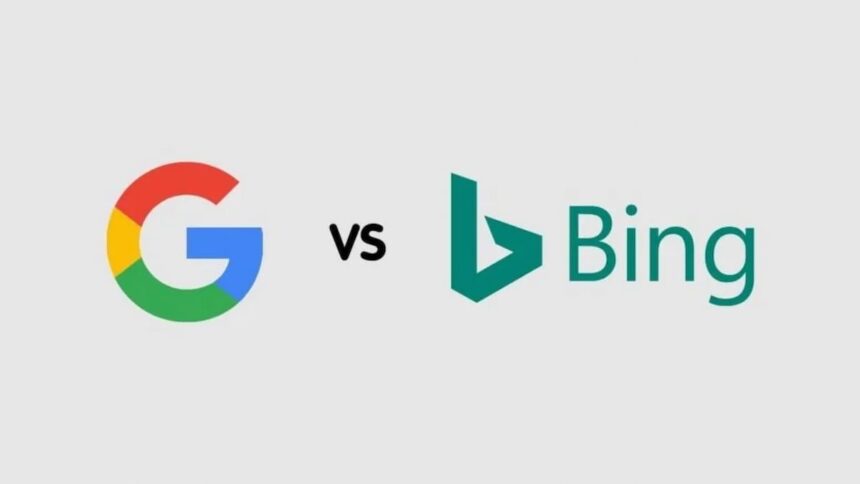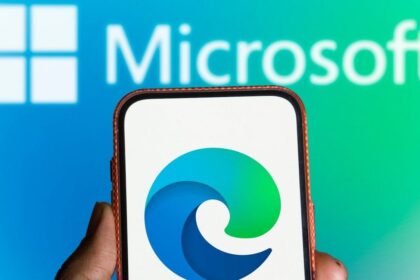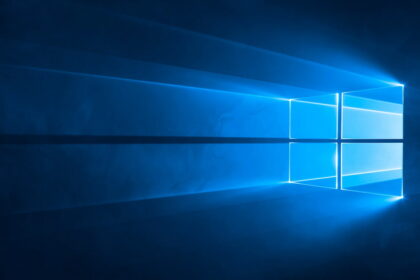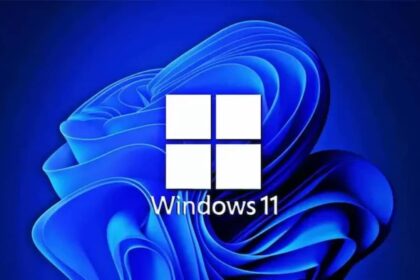Microsoft has long employed various strategies to encourage users to switch to Bing from Google. These efforts have ranged from partnerships with browser developers to prominently placed banners nudging users to try Bing—particularly as artificial intelligence becomes a significant factor in search engine innovation.
However, users have recently noticed a new approach from Microsoft to promote its search engine. This tactic has sparked discussions and raised concerns regarding its ethical and legal implications.
Microsoft prevents you from using the Google search engine in a very questionable way
Microsoft has long experimented with tactics to promote Bing over Google, including placing a small search bar when users attempted to look up “Google.” This subtle nudge encouraged users to try Bing instead. However, a recent silent update has taken things a step further. Now, instead of a small banner, users are greeted with one that takes up almost the entire screen, making it far more prominent.
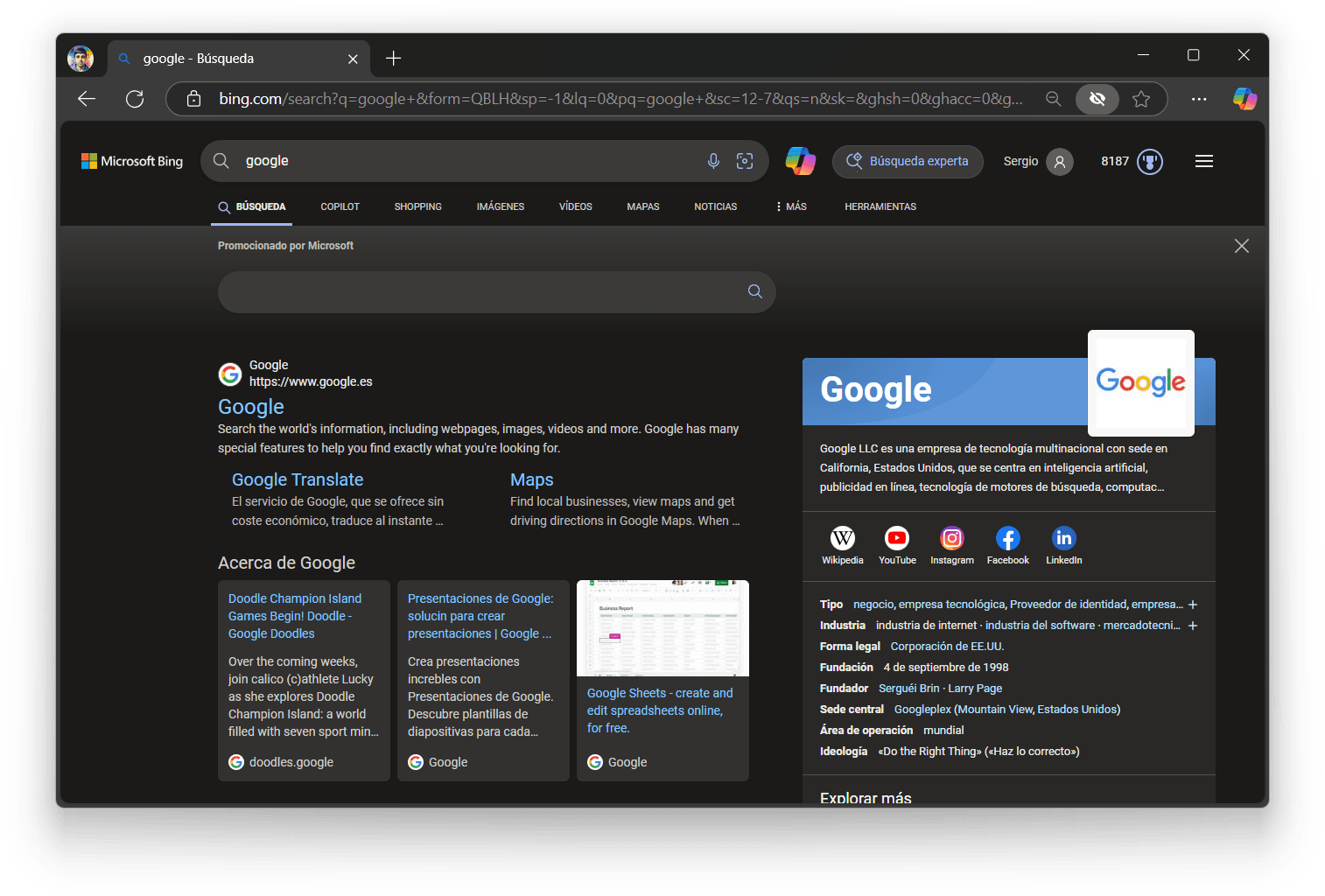
In addition to making the banner more intrusive, Microsoft has added another tactic that has sparked criticism. The Bing header is now deliberately hidden, and the banner has been redesigned to resemble Google’s interface. This creates a situation where less experienced users might believe they’re on Google, while in reality, they’re still on Bing. To find the hidden Bing header, users must scroll up—a design choice that appears intentional.
This approach has drawn comparisons to adware practices. In the past, browser extensions and programs used similar deceptive interfaces to redirect user searches to unrelated platforms, effectively hijacking search engines.
Ironically, Microsoft itself previously categorized such behavior as malicious. For instance, the infamous Ask.com toolbar, which hijacked browser homepages and search engines, was labeled as malware by Microsoft. The Bing Wallpapers app has also faced criticism for employing questionable strategies, drawing further parallels.
These recent changes by Microsoft blur the line between aggressive marketing and deceptive practices, raising ethical and legal questions. While the intent may be to boost Bing’s usage, such strategies risk alienating users and damaging trust in the platform.
- Microsoft updates Bing Image Creator with interesting new features
- Bing Tests New AI-Powered Search Feature – Bing Generative Search
Is this really necessary, Microsoft?
Google’s dominance in the search market is undeniable, and for good reason—it remains the most reliable search engine, even if it’s not at its peak.
That said, Microsoft’s use of tactics with questionable legality to push users toward Bing raises serious concerns. It’s understandable for a company to promote its platform to attract new users, but employing deceptive methods is not the right way to go about it.
Continuing down this path risks significant backlash. Users are likely to become frustrated when they realize they’ve been misled, further tarnishing Bing’s reputation. At that point, even a rebranding might not be enough to salvage Microsoft’s search engine, especially if Google decides to pursue legal action.
For Bing to grow its user base, it needs to focus on improving its service and earning trust, rather than resorting to strategies that undermine its credibility.

